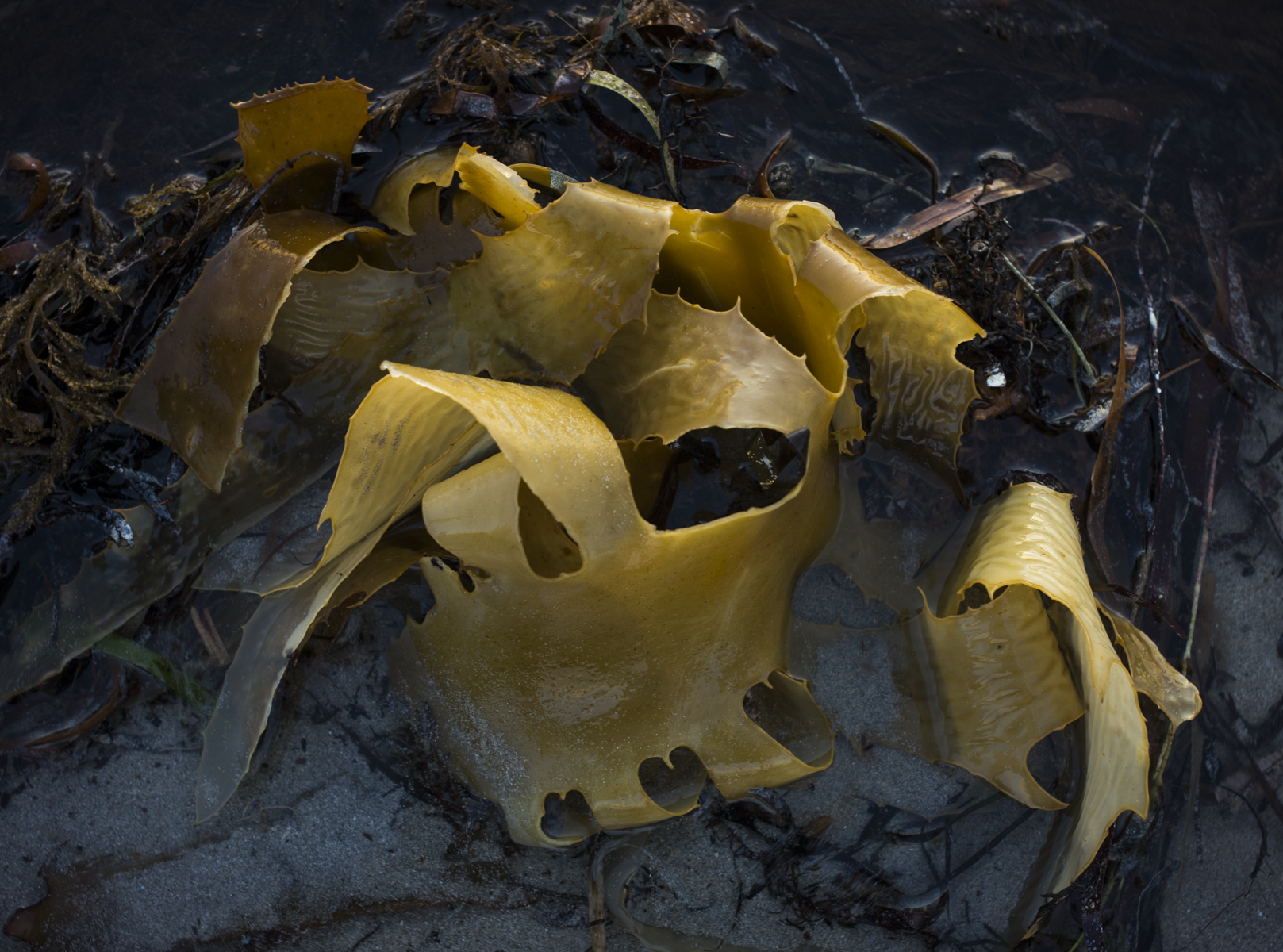I did an experiment this morning, now that Wednesday has become a gym free day.
I took my Leica M4-P film camera and the digital Sony DSC R1 with me when I went to the IMVS Pathology Centre at the Royal Adelaide Hospital to have a blood test. I wanted to see which one I used instinctively as a working photographer.
I started out using the Leica with a 35mm lens (a Summicron F2-ASPH) as I walked through the dense shopping precinct that is Rundle Mall. It was just as I would have done in my pre-digital days. But I actually ended up using the Sony a lot more. I did so without thinking about it. It was instinctive in a photographic sense.

The film Leica with its expensive lens was basically put away in favour of the pro-sumer digital Sony because the latter was more flexible, I could get more shots with the variable Zeiss lens, and I felt a lot more more comfortable experimenting with digital than film. Film costs money. Towards the end–on the way back through Rundle Mall after having the blood test—I only used the Lecia if I thought that I had a worthwhile image.
So this confirms what I said in my earlier post about using 35mm cameras. The shift to digital at this format is a worthwhile investment. That means the film camera is used in order to get that film look. Or the Leica ‘look’.










